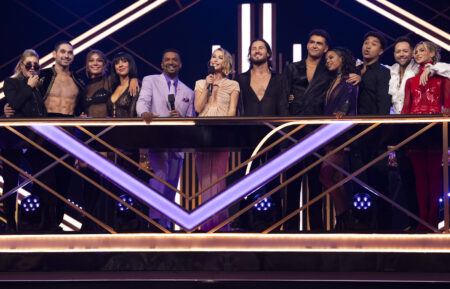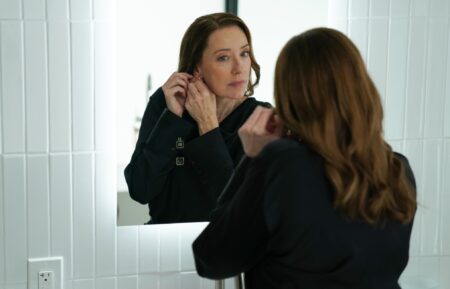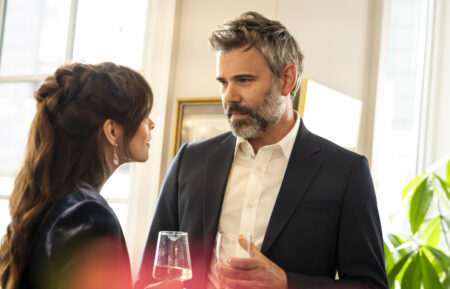Will ‘One Night in Idaho: The College Murders’ Have More Episodes After Bryan Kohberger’s Plea Deal?
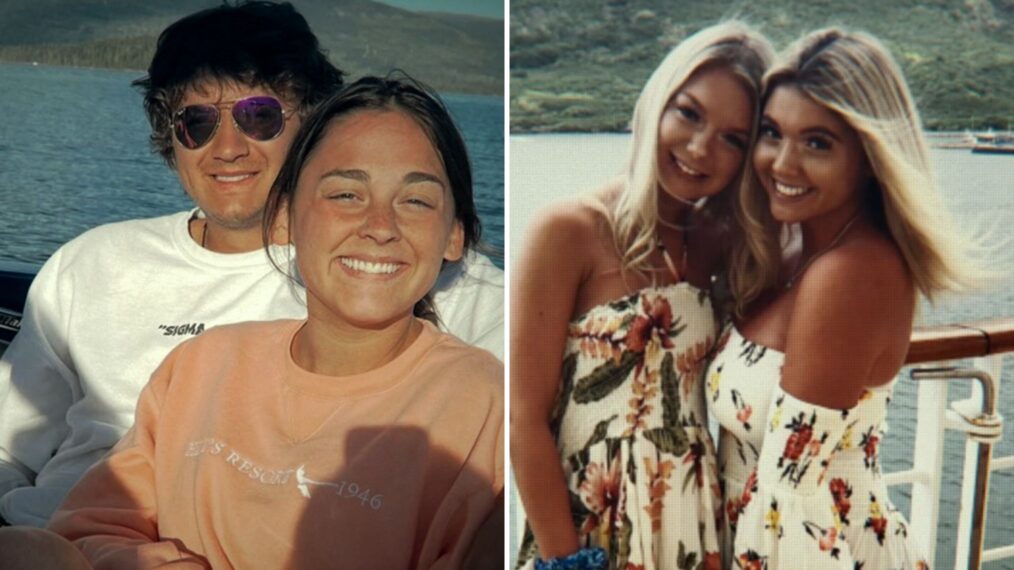
Q&A
The world has been inundated with documentaries in the years since November 13, 2022, the day four University of Idaho students — Madison Mogen, Kaylee Goncalves, Xana Kernodle, and Ethan Chapin — were brutally murdered in an off-campus house in Moscow, Idaho, by Bryan Kohberger. But One Night in Idaho: The College Murders is different.
The four-part documentary series centers around the families and friends of the victims, with Mogen and Chapin’s parents sitting down for the first time to speak in-depth about the murders, the aftermath, and their grief. Key figures in the lives of the victims, including Hunter Johnson, a friend of the victims who discovered Kernodle and Chapin, as well as Chapin’s siblings, Mazie and Hunter, also shed insight into the horrific tragedy.
Directors Liz Garbus and Matthew Galkin spoke with TV Insider about tackling the case that’s shocked the world, the impact of social media, and their thoughts on continuing the documentary series. On July 2, just weeks before the murder trial was set to begin, Kohberger accepted a plea deal to avoid the death penalty. He pleaded guilty to all four murders and will receive four consecutive life sentences without parole, plus an additional 10 years for a related burglary charge. TV Insider followed up with Galkin, who was in the Idaho courtroom when Kohberger accepted the plea deal, to get additional questions answered.
(Note: The first part of the interview was completed before the plea deal.)
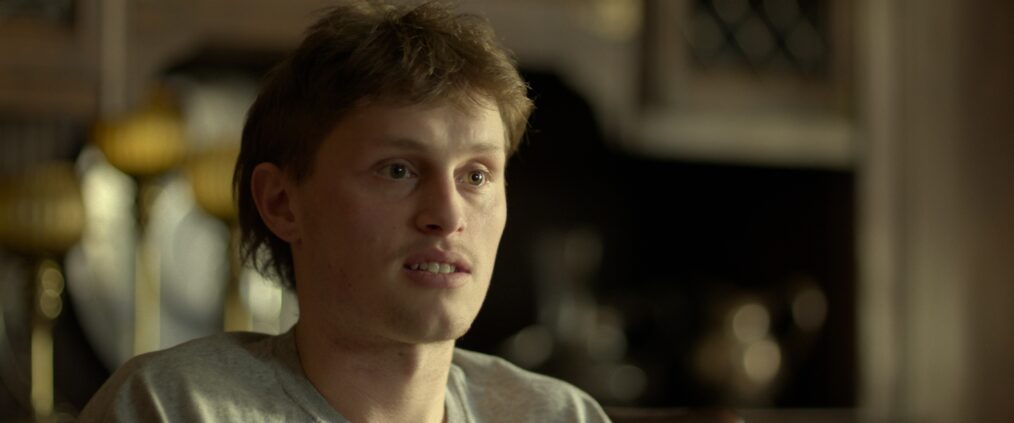
Hunter Johnson in ‘One Night in Idaho: The College Murders.’ (Prime Video)
This is the first time Hunter Johnson is speaking in-depth about what he witnessed after the murders. Was he hesitant about opening up before the trial?
Matthew Galkin: Yes, but we were able to figure out how to do it so he wasn’t going to in any way get… the last thing on earth we want to do is put them in a position where they’re vulnerable legally, and so obviously, with knowledge of the gag order that was in place, and knowing that there was some information that just couldn’t get out before the trial for fear of it affecting the outcome in some way. We talked through what the parameters would be for the interview, and after that point, he was incredibly open and just a lovely human being, as is Emily, his girlfriend.
Was there a reason Kaylee Goncalves and Xana Kernodle’s families weren’t included in the documentary?
Liz Garbus: We were hoping to include everybody. We were so fortunate to have had both the Laramies and the Chapins be involved with us. Of course, we would have loved everyone to come join us, but different folks are taking different approaches to how they want to get their story out. I completely respect that. I think having the group of friends that we were able to meet through these two families was a huge addition to our ability to tell this story in a real kind of victim-forward and also an eyewitness way. We talked about being victim-forward, but also trying to know these kids as not just victims, but to know them as college kids, as boyfriends or girlfriends, as best friends. What music did they like? What did they do at night? What was their attitude like? What were they interested in? Majoring in? All of those things, and then knowing them as people. I think in the aftermath of the tragedy, there had been a lot of judging on social media and conspiracy theories around drugs or different things, and we wanted to just reclaim the little Eden that they had had there. They had this really classic American college experience. We wanted to reclaim that for them, too, and present that picture to the world.
The ripple effects of this case are still ongoing, and we can see that in the extensive social media coverage.
Galkin: That was a big aspect of the story that we wanted to tell, the social media aspect of all of this. You have the victims’ curated social media image, but you also have this insane industry of true crime, amateur sleuths, and people who make TikTok videos. This crime, specifically, lent itself to that community because the kids were so well-documented, because there was a sort of whodunnit aspect to this in the first six or seven weeks of this case before they had made an arrest. We understand it remains to be a true fascination to a lot of people out there, but there is a human toll on the other side of that, and that human toll is people like David Berriochoa, who was friends with everyone, wasn’t a best friend to anyone, and just happened to be completely hooked into this in a way that was almost surreal and had his life completely upturned because of it. Not to mention, Hunter and Emily, best friends, family members, people who are just grieving in a way that they’ve never grieved before on one level, and then having to deal with all of this really traumatic noise that’s happening around them, with all of these allegations and accusations and possibilities that they might have been involved, which obviously wasn’t true. It was terrifying and traumatic for all of them, and continues to be.
Garbus: Just to add to that to that piece, I think there’s an online community of true crime, obsessive and amateur sleuths, who are well intentioned. They see this terrible thing happening, and they want to solve it. They want to add to it. It’s coming from a potentially very good place, but I think in cases that are this raw… it’s one thing when it’s a cold case, and it’s been 20 years, I think you can see an online community actually really keep the attention alive and keep it in the media’s attention and keep it forefront of people’s minds, and that can be incredibly buoying to family members. In a case like this, where there’s a void, where we don’t understand, we want to fill it, and what we don’t realize is the effect that can have on the people who are living through it. There will be another American tragedy that will fascinate people. And I think, hopefully, this shows people the kind of effects that just putting something up on TikTok, that you might not know will go viral, and it goes viral, and then it changes somebody’s life.
Dylan Mortensen and Bethany Funke, the two surviving roommates, have had to stay silent about this for years now, which has allowed those conspiracies to run rampant about them. Was it important for them to have representation in this, even if it was through their friends?
Galkin: It is important, and there’s a tremendous amount of speculation as to those hours between the murders and the next morning when sort of contact was made with the outside world, and we have not interviewed Dylan or Bethany yet. If and when we continue to tell the story, that is our first desire. We want to be able to offer them the opportunity to sit for an interview just like their best friends did and really own their part of the narrative. Because, ultimately, everyone else is telling it but them. Obviously, we had representation in the form of their friends. One of the criminology professors at the University of Idaho is in the series and talks about trauma response, and why potentially Dylan’s response to what had happened was exactly the way someone experiencing trauma would respond, even though that’s not necessarily understood to the outside world. So, just to present an accurate version of that story is deeply important to us. I feel personally terrible about the way that these two people have been completely dragged through the mud by a public that doesn’t necessarily understand the details.
Garbus: It must be terrible to be living through that and not be able to own your story. I think that goes to the reason why we did this at this time that we did do it with everybody who was able to talk, and, of course, being incredibly mindful of the restrictions on anything that could jeopardize anything you know in the future. Hopefully, this series stands not just as a story of this incident, but as kind of a primer on how to behave with grace when these things will happen in the future. Again, I think it’s coming from a really human place of wanting to understand and wanting to help. And I get that. I feel that way, too, and just wanting to know. But the internet allows just any thought you have to explode in a way that can be so powerful.

Madison Mogen’s mother, Karen Laramie. (Prime Video)
How did you figure out when to stop filming? Because this case is still unfolding in real time.
Galkin: One of the last things we shot was the house coming down. That seemed like a good place to stop for now. Subsequently, after that, Karen and Scott Laramie interviews were actually the last thing that we ever shot for the series because it took a long time to build that kind of trusting relationship in order for them to feel comfortable enough to talk to us. They had literally never talked to anyone about this case before. Some of it’s logistical, but that seemed like a really good place to stop if we weren’t going to involve and include the trial. That seemed like the best spot.
(Note: The second part of the interview was completed after the plea deal.)
What was your reaction to the plea deal?
Galkin: We were surprised but not shocked. I had had numerous conversations over the past couple of months with people that were kind of, off the record, saying that this was a possibility. I still thought that the trial would ultimately move forward. So, when it broke, I learned with everybody else that it had happened. It was a bit of a mad scramble to get out to Boise, but I did. I was able to be with the Chapin family and the Laramie family, and because they are supportive of the plea deal, I am supportive of the plea deal. That’s the most important thing is that they were okay with it.
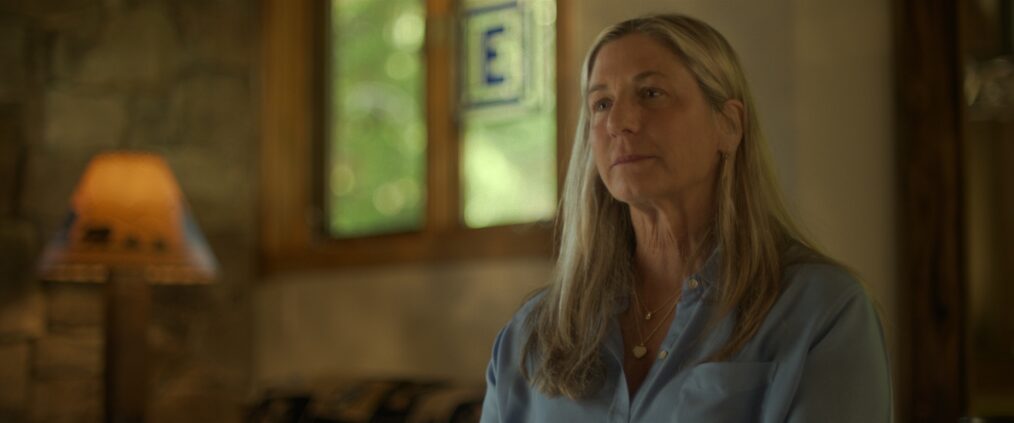
Stacy Chapin, Ethan Chapin’s mother. (Prime Video)
You said you were on the ground in Boise, Idaho. Did you film anything?
Galkin: We covered some of it. I spent most of my time with the families without cameras and was in the courtroom… We filmed a little bit of what was going on outside the courtroom. Our cameras were not allowed in the courtroom.
Are you hoping to do more episodes now that Kohberger has accepted the plea deal?
Galkin: Liz and I are totally open to it. There’s nothing official in the works right now, but if there is more story to tell, and if there is an appetite with our partners to tell it, we are 100% open to doing it.
I know we discussed this in the first interview. Are you still hoping to contact Dylan and Bethany at some point about sitting down?
Galkin: If we do decide that there will be a continuation, and we will would go back into production, certainly we would be honored to have Dylan and Bethany sit for interviews for sort of a next round, but until it’s official, there are no plans to do that.
Have you been in contact with victims’ friends, like Hunter Johnson and Emily Alandt, since the plea deal was accepted?
Galkin: Constantly. I have incredibly strong relationships with virtually all of the main people in the series, the Laramies, all four Chapin family members, with Hunter Johnson and with Emily Alandt. We are in constant contact, and I was sitting with them in the courtroom.
When the plea deal was announced, what was going through your head? What were the discussions like with you and Liz about how to handle this with the documentary?
Galkin: We were able to open up the end of the fourth episode and add a text card at the end that basically just lays out that a plea deal was accepted, and Bryan Kohberger was going to spend the rest of his life in prison with no possibility of parole. We were satisfied with the ending that we originally had, too, but obviously this puts a finer point on that part of the story.
What was the just the mood like in the courtroom when Kohberger took the plea deal?
Galkin: It was one of the most intense, emotional spaces I had ever been in. I couldn’t even begin to describe the tension in the room. It’s because you have every key person that is involved in this case, from the perpetrator to his defense team, to the prosecution, to all of the families, all of the friends, the roommates, everyone in one room for the first time. It bordered on almost being surreal and just dead quiet, highly emotional. One of the most intense things I’ve experienced.
Compared to the other documentaries, I think One Night in Idaho is timeless. You captured and preserved the rawness of the emotions from those who lived it in a specific period of time.
Galkin: Thank you for saying that. Stacy and I literally just had this conversation this week about the fact that they’re thankful that this documents a period in their lives that was very difficult, but she was glad that it has been preserved, frozen in amber forever. They were incredibly powerful. One of the most surprising things about this whole process was how eloquent everyone was about their grief and about how they were processing the loss and how they’re trying to move on with their lives. These are people that had never given interviews before, like no one that we interviewed, as far as the family and friends, had ever given an interview in front of a camera, and certainly not of this kind of emotional scope. They were incredible, and they were ready. They were ready to tell their story, but they hadn’t told their story before. So it is this combination of it being the right time for them to do it, but also, they are raw because they hadn’t ever done one before. People tell stories in specific ways, and the more you tell a story, the more it sort of gets cemented of this is how you tell the story. But we didn’t deal with any of that then, which is why I think the interviews in the series feel so raw and open is because we just happened to capture them at the right time.
One Night in Idaho: The College Murders, Streaming Now, Prime Video




